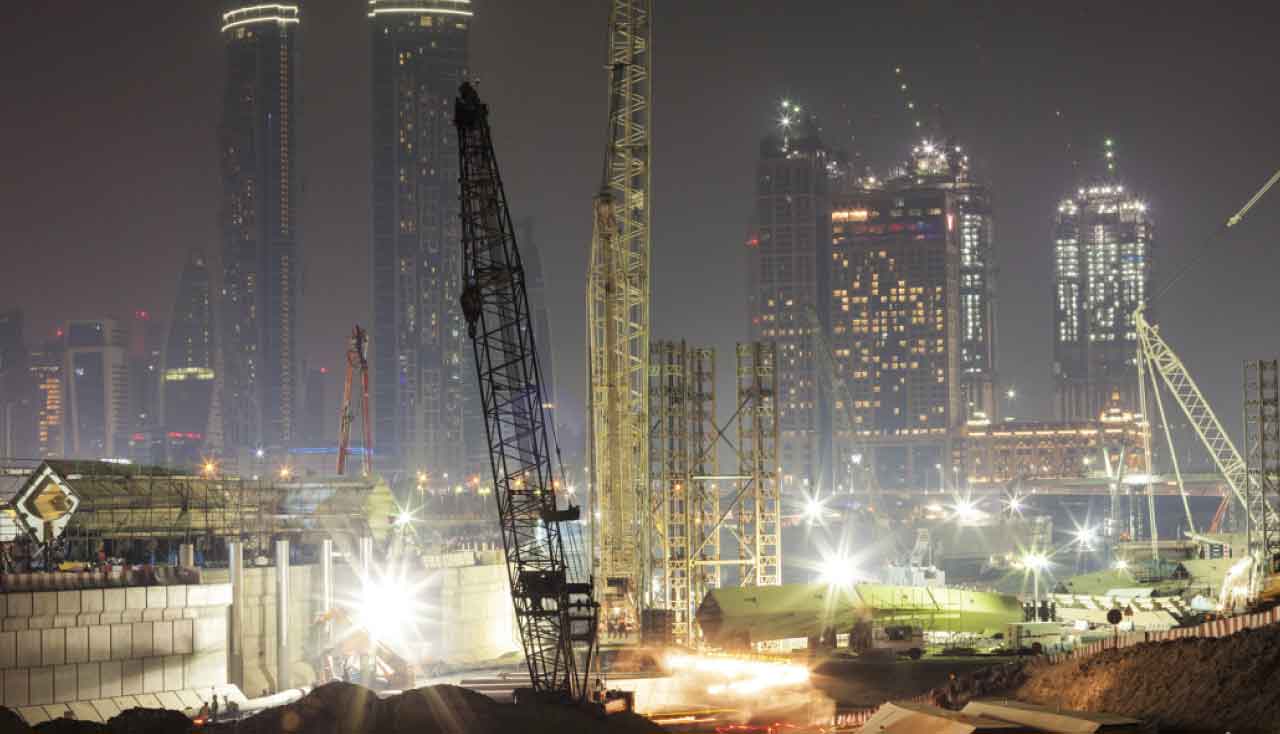Lighting Up Construction Sites For Peak Efficiency Output At Night
Construction sites witness peak output at night because there are no interferences and disturbances at night. Workers can focus better on their job, which can result in a dramatic increase in productivity. It is also one of the reasons why companies plan their construction site tasks for more workload at night.
However, there is a downside to this. Poor visibility and inadequate illumination can reduce productivity significantly. That’s why developing a lighting plan for your construction site is imperative. It will help improve work efficiency and output.
Lighting Plan
Creating a basic lighting scheme can help workers accomplish many critical objectives. An appropriate level of lighting can allow construction work to be completed quickly and efficiently. It will also provide better guidance to workers and help them remain sharply focused on their tasks. Most importantly, proper illumination can mitigate and even eliminate the chances of accidents happening on the site. It can improve the site’s overall safety and protect workers from injury and harm.
Using the most appropriate lighting system for your site is also equally important. Temporary lighting systems are used in construction sites as there is a lot of moving around involved of men and machinery. The lights must also be moved accordingly. If the wrong type of lighting is used, it can affect productivity as the workers will have to wait for lighting to be set up correctly every time it needs to be moved.
Create a Lighting Layout
Drawing the project area with clear indicators of work types, equipment, and location of workers is important. The next step is evaluating the need for fixed and temporary lights. Fixed lights are conventional towers that remain in one place throughout the project. Portable lights are designed for movement along the site to meet the illumination needs of various tasks. Also take into account compatible receptors and plugs such as NEMA 5-15.
Levels Of Lighting
While developing a lighting plan, you must consider the type of work that will be done, the area of the site, and the number of workers.
There are three levels of lighting for different work zones.
Level I
Level I illumination must be provided for a crew in motion. You must plan the lighting accordingly if they keep moving from spot to spot. This level of illuminance is recommended for tasks that require low accuracy or for slow-moving equipment and large objects. Hand lights can be used in this category.
Level II
Level II illumination is recommended for areas around construction equipment. They help in providing a safer environment for the workers operating the equipment. It is for tasks that require a moderate level of accuracy.
Level III
Level III illuminance is needed for tasks that require a high degree of visual acuteness or a higher level of difficulty.
Choosing the best lighting system is imperative to get the best outcome from your construction projects. By using the best brand of the lighting system, you can be sure that your money is well invested. Duraline is one of the leading manufacturers and suppliers of the best-quality lighting solutions for domestic and commercial use.

